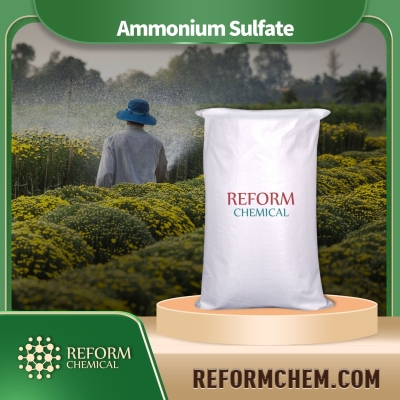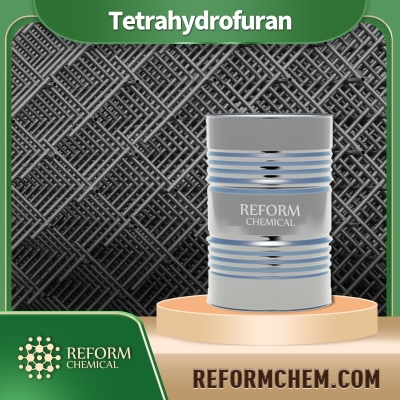-
Categories
-
Pharmaceutical Intermediates
-
Active Pharmaceutical Ingredients
-
Food Additives
- Industrial Coatings
- Agrochemicals
- Dyes and Pigments
- Surfactant
- Flavors and Fragrances
- Chemical Reagents
- Catalyst and Auxiliary
- Natural Products
- Inorganic Chemistry
-
Organic Chemistry
-
Biochemical Engineering
- Analytical Chemistry
-
Cosmetic Ingredient
- Water Treatment Chemical
-
Pharmaceutical Intermediates
Promotion
ECHEMI Mall
Wholesale
Weekly Price
Exhibition
News
-
Trade Service
In 2017, the pesticides that are in high demand in the market include phoxim, chlorpyrifos, beta-cypermethrin, cyhalothrin, imidacloprid, chlorothalonil, copper hydroxide, abamectin, carbendazim, and pentachloronitro benzene, alachlor, acetochlor, glyphosate
.
It is expected that the prices of insecticides, fungicides and herbicides will generally increase in 2018
.
In 2017, the price of pesticide technical materials rose sharply
.
In terms of herbicides, as of the end of 2017, the price of glyphosate had risen by more than 60% from the lowest price of 19,000 yuan/ton at the end of June
.
In terms of pesticides, as of the end of the year, the price of imidacloprid had risen to 250,000 yuan/ton, an increase of 78.
6% from the beginning of the year
.
Due to environmental pressures preventing many companies from starting operations, manufacturers are not actively starting operations, making the original drug supply in short supply, and the future original drug market is still very tight.
It is expected that the price increase will continue until May 2018, or will drive the retail price of pesticides in the next spring
.
Reasons for the increase: First, in April and August 2017, the two central environmental protection inspections caused some pesticide manufacturers to start operations and cautious supply.
Therefore, under market speculation, traders and manufacturers pushed up the prices of technical materials.
As a result, the prices of most pesticide products continue to rise
.
Second, due to the rising prices of upstream basic chemical raw materials, which pushed up the prices of pesticide intermediates, the costs of pesticide manufacturers continued to increase.
In the state of tight supply and increasing cost pressures, manufacturers were forced to increase the prices of pesticide products
.
In addition to the above reasons, the newly revised "Pesticide Management Regulations" came into effect on June 1, 2017, which includes pesticide management systems, registration systems, production management systems, business management systems, definitions of counterfeit and inferior pesticides, and the use and recycling of pesticides.
As well as penalties for violations of the law, major revisions have been made to promote standardized operations of manufacturers and distributors to ensure the safety of farmers’ medications, while also affecting the cost of pesticides to a certain extent
.
In 2017, the utilization rate of pesticides in the three major food crops of rice, corn, and wheat was 38.
8%, an increase of 2.
2 percentage points from 2015
.
The utilization rate of fertilizers and pesticides for the three major food crops has been steadily increased, and the goal of zero growth in the use of fertilizers and pesticides has been achieved three years in advance
.
According to estimates, the utilization rate of pesticides has increased by 2.
2%, which is equivalent to reducing the use of pesticides by 30,000 tons and reducing production investment by about 1.
2 billion yuan
.
Through pesticide reduction, a large number of green brands have been created
.
In particular, green prevention and control technologies such as ecological control, biological control, and physical control have been adopted to reduce pesticide residues, improve the environment of the production area of agricultural products, and ensure the quality and safety of agricultural products
.
Against the background of zero growth of pesticides and the continuous increase of pesticide prices, agrochemical products are also facing a new round of supply-side adjustments, and the competitive landscape of "survival of the fittest" will become more effective
.
The price of pesticides may rise further
.
First of all, from the perspective of the price of original medicines, the pesticide market will usher in the peak purchasing season of 2018 after the Spring Festival.
The current supply of goods in the market has not been fully relieved, and the price of pesticide products may rise further
.
Secondly, from the perspective of industry concentration, the effective production capacity of most products is increasingly concentrated in large-scale production enterprises, especially those with relatively sound environmental protection facilities
.
Small and backward enterprises will face the possibility of elimination
.
Finally, under the trend of international mergers and acquisitions, the pace of domestic mergers and acquisitions is expected to accelerate, and the market is facing a new division and reshuffle
.
.
It is expected that the prices of insecticides, fungicides and herbicides will generally increase in 2018
.
In 2017, the price of pesticide technical materials rose sharply
.
In terms of herbicides, as of the end of 2017, the price of glyphosate had risen by more than 60% from the lowest price of 19,000 yuan/ton at the end of June
.
In terms of pesticides, as of the end of the year, the price of imidacloprid had risen to 250,000 yuan/ton, an increase of 78.
6% from the beginning of the year
.
Due to environmental pressures preventing many companies from starting operations, manufacturers are not actively starting operations, making the original drug supply in short supply, and the future original drug market is still very tight.
It is expected that the price increase will continue until May 2018, or will drive the retail price of pesticides in the next spring
.
Reasons for the increase: First, in April and August 2017, the two central environmental protection inspections caused some pesticide manufacturers to start operations and cautious supply.
Therefore, under market speculation, traders and manufacturers pushed up the prices of technical materials.
As a result, the prices of most pesticide products continue to rise
.
Second, due to the rising prices of upstream basic chemical raw materials, which pushed up the prices of pesticide intermediates, the costs of pesticide manufacturers continued to increase.
In the state of tight supply and increasing cost pressures, manufacturers were forced to increase the prices of pesticide products
.
In addition to the above reasons, the newly revised "Pesticide Management Regulations" came into effect on June 1, 2017, which includes pesticide management systems, registration systems, production management systems, business management systems, definitions of counterfeit and inferior pesticides, and the use and recycling of pesticides.
As well as penalties for violations of the law, major revisions have been made to promote standardized operations of manufacturers and distributors to ensure the safety of farmers’ medications, while also affecting the cost of pesticides to a certain extent
.
In 2017, the utilization rate of pesticides in the three major food crops of rice, corn, and wheat was 38.
8%, an increase of 2.
2 percentage points from 2015
.
The utilization rate of fertilizers and pesticides for the three major food crops has been steadily increased, and the goal of zero growth in the use of fertilizers and pesticides has been achieved three years in advance
.
According to estimates, the utilization rate of pesticides has increased by 2.
2%, which is equivalent to reducing the use of pesticides by 30,000 tons and reducing production investment by about 1.
2 billion yuan
.
Through pesticide reduction, a large number of green brands have been created
.
In particular, green prevention and control technologies such as ecological control, biological control, and physical control have been adopted to reduce pesticide residues, improve the environment of the production area of agricultural products, and ensure the quality and safety of agricultural products
.
Against the background of zero growth of pesticides and the continuous increase of pesticide prices, agrochemical products are also facing a new round of supply-side adjustments, and the competitive landscape of "survival of the fittest" will become more effective
.
The price of pesticides may rise further
.
First of all, from the perspective of the price of original medicines, the pesticide market will usher in the peak purchasing season of 2018 after the Spring Festival.
The current supply of goods in the market has not been fully relieved, and the price of pesticide products may rise further
.
Secondly, from the perspective of industry concentration, the effective production capacity of most products is increasingly concentrated in large-scale production enterprises, especially those with relatively sound environmental protection facilities
.
Small and backward enterprises will face the possibility of elimination
.
Finally, under the trend of international mergers and acquisitions, the pace of domestic mergers and acquisitions is expected to accelerate, and the market is facing a new division and reshuffle
.






